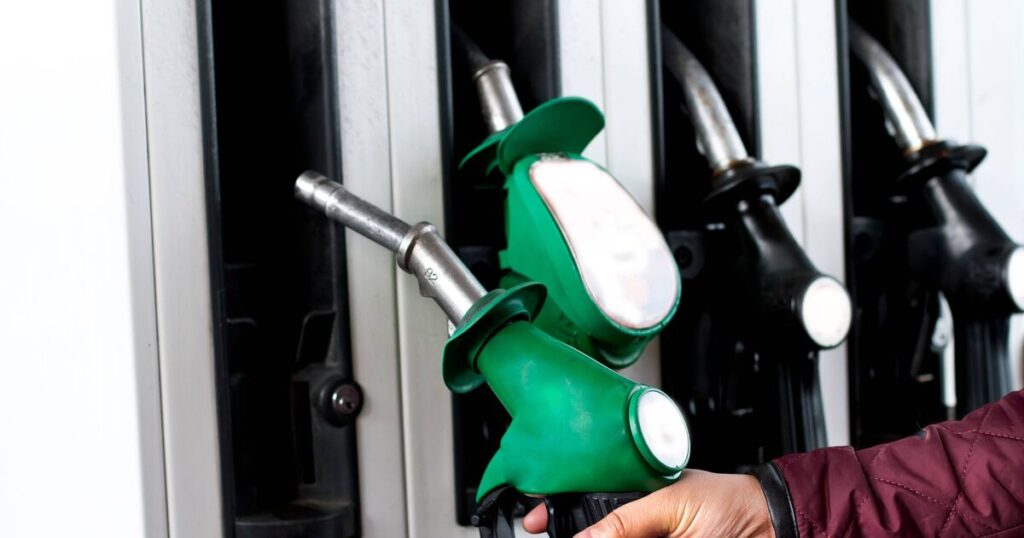
We’ve all experienced that moment of panic when the orange fuel light flickers on during a drive, signalling it’s time to refuel. The question that often springs to mind is: how many miles can I actually cover before my vehicle comes to a standstill?
Knowing your limits in this fuel light lottery could be quite handy.
According to experts at Confused.com, the answer depends on several factors, including your car’s make and model, your driving style, and road conditions. They suggest that typically, cars can travel between 30 to 45 miles after the fuel warning light illuminates.
The RAC has indicated that a Ford Fiesta can cover around 37 miles from when the fuel light comes on, while a Volkswagen Golf can manage about 44 miles, reports the Daily Record. But what happens if you let your car’s fuel gauge hit zero?
Confused.com explains that some vehicles may have a small buffer when they hit zero miles on the dashboard. However, this safety net could be as little as ten to 15 miles and should be viewed as a ‘final warning, not a challenge’.
Driving your car when it’s on zero miles could cause damage to components such as the vehicle’s fuel pump and injectors, leading to expensive repairs. Should you find yourself with the fuel tank displaying zero, there are a number of steps to take to stretch out the scant reserves of petrol or diesel until you reach a filling station.
Here’s what to do while you try to reach the nearest pump:
1. Ease up on the throttle
Lower speeds equate to better fuel economy, so aim to keep it under 50mph.
2. Avoid unnecessary idling
Shut down the engine when stationary for prolonged periods.
3. Shed excess weight
Clear out your car to improve fuel efficiency by lightening the load.
4. Cut out air conditioning
Since air con munches through fuel, switch it off and open the windows unless it’s very breezy.
5. Plan an efficient path
Chart the most direct route to the closest petrol station and dodge high-traffic areas.
According to Confused.com: « At the end of the day, your fuel warning light isn’t just a suggestion, it’s a reminder to act fast. Running on empty is a risk not worth taking. »
Your vehicle’s handbook can provide insight into how much further you can drive after the fuel light comes on. But some popular vehicle models and their projected remaining mileage, derived from 10 per cent of fuel capacity and actual MPG statistics sourced from HonestJohn combined with tank sizes from Cars-Data.com, are listed underneath.
Bear in mind that variables such as your driving style, your car’s condition, and other factors can affect the distance till empty.
|
Remaining mileage** |
|
|
Audi Q5 |
64 miles |
|
VW Golf |
61 miles |
|
Vauxhall Astra |
55 miles |
|
Ford Focus |
52 miles |
|
Audi A1 |
48 miles |
|
Audi A5 |
47 miles |
|
Land Rover Range Rover |
47 miles |
|
VW Polo |
41 miles |
|
Ford Fiesta |
41 miles |
|
Audi RS3 |
32 miles |
|
Audi A5 |
47 miles |
|
Land Rover Range Rover |
47 miles |
|
VW Polo |
41 miles |
|
Ford Fiesta |
41 miles |
|
Audi RS3 |
32 miles |
